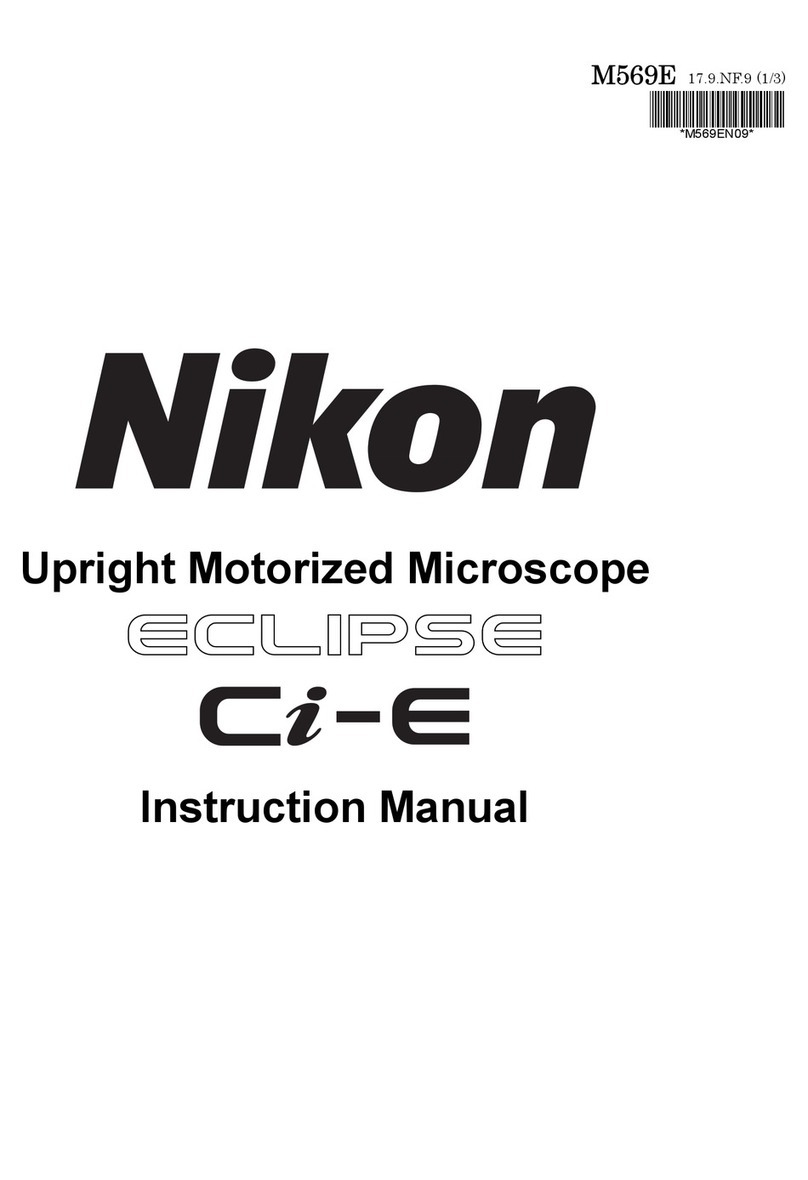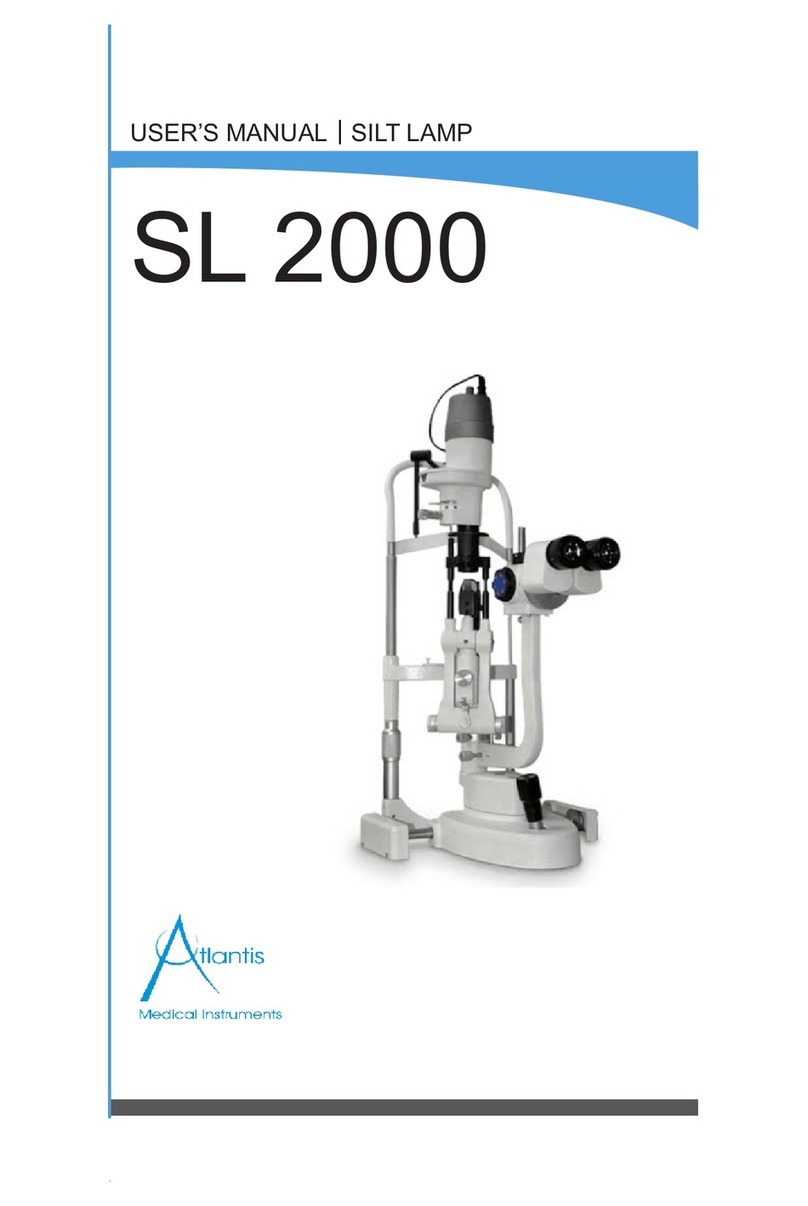Nikon E800 User manual
Other Nikon Microscope manuals
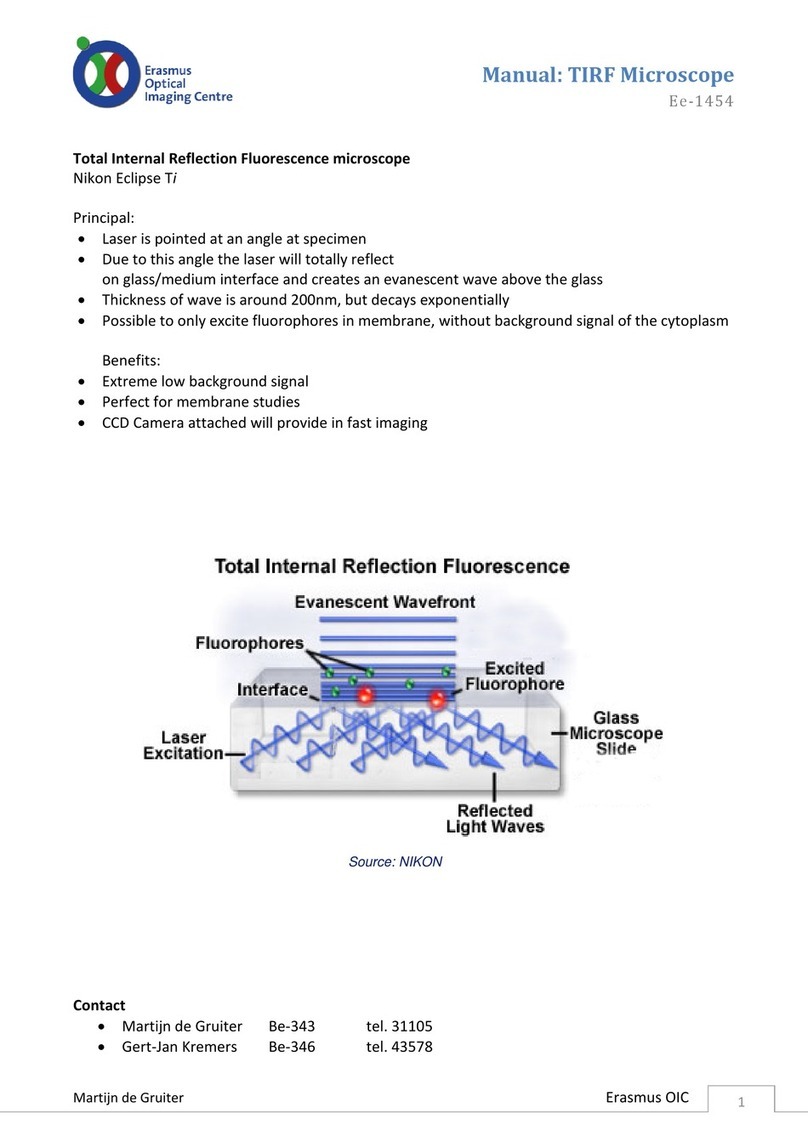
Nikon
Nikon Eclipse Ti TIFT 1454 User manual

Nikon
Nikon SMZ460 User manual
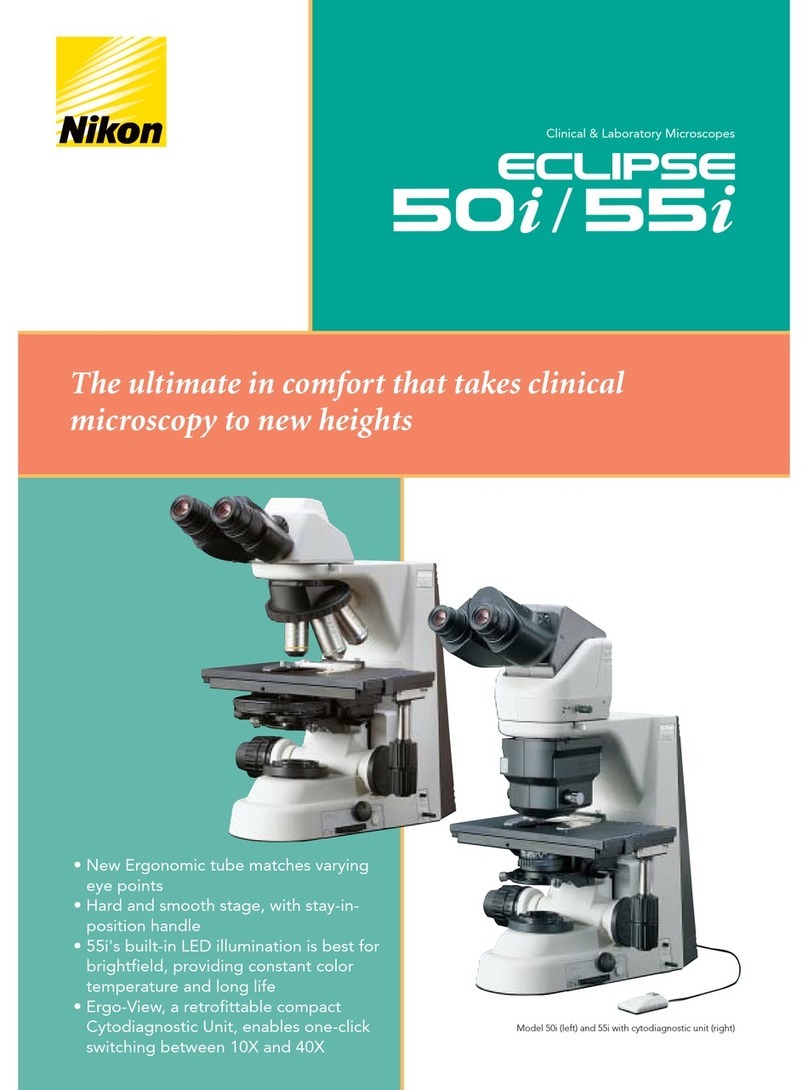
Nikon
Nikon 50i User manual
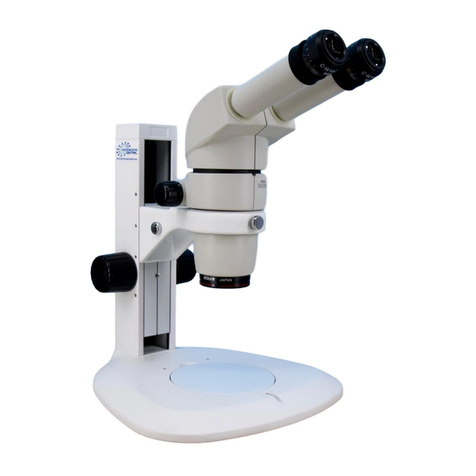
Nikon
Nikon SMZ1000 User manual

Nikon
Nikon S-kt User manual
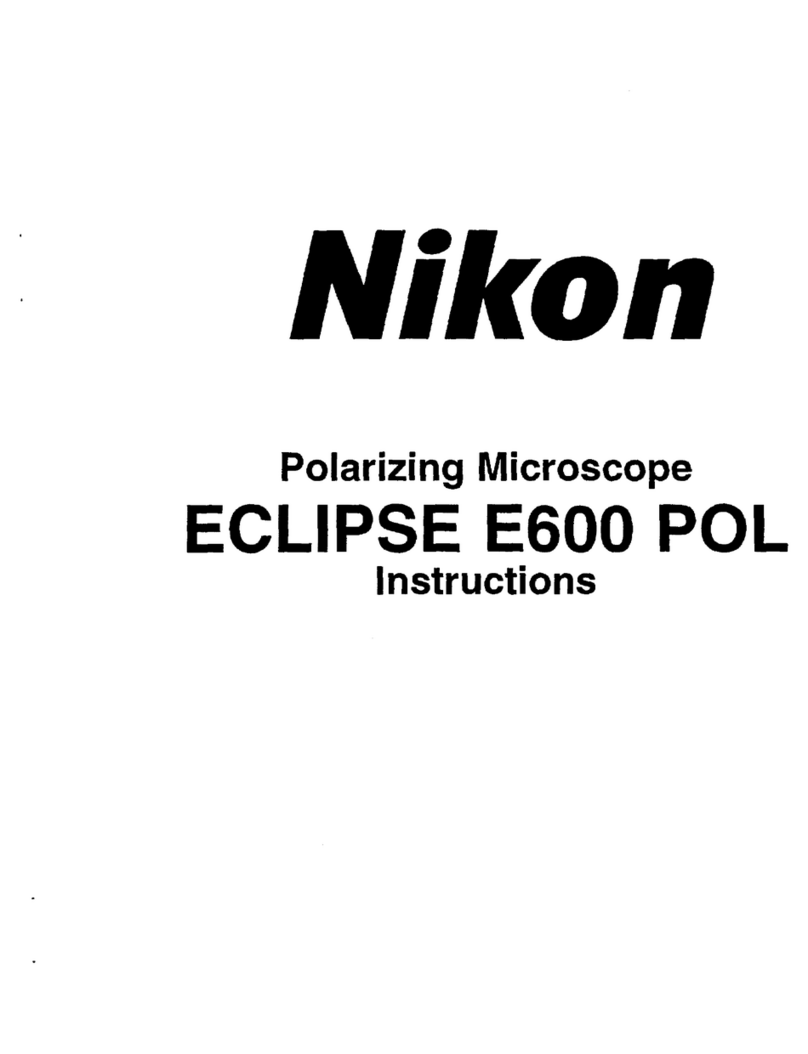
Nikon
Nikon ECLIPSE E600 POL User manual
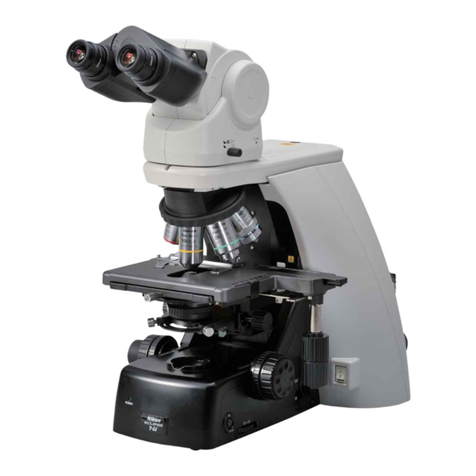
Nikon
Nikon Eclipse Ni-U User manual
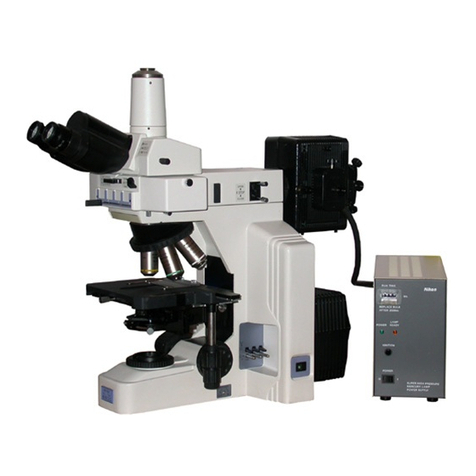
Nikon
Nikon Eclipse E600 User manual
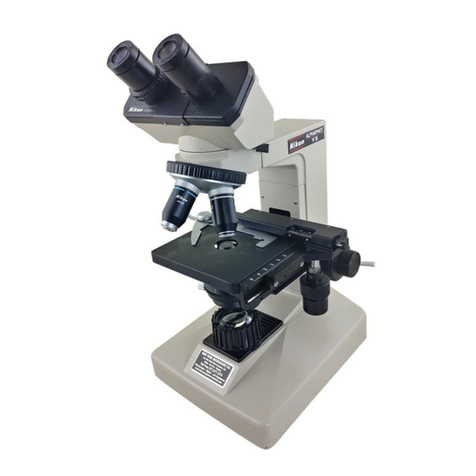
Nikon
Nikon Alphaphot User manual
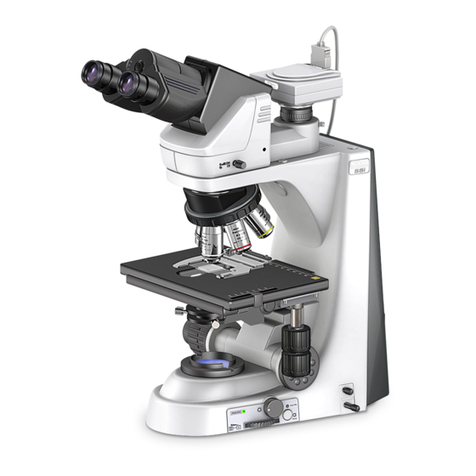
Nikon
Nikon 50i User manual
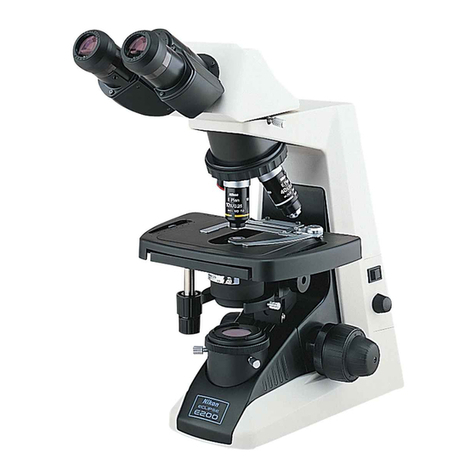
Nikon
Nikon ECLIPSE E200 MV Series User manual

Nikon
Nikon SMZ-1 User manual
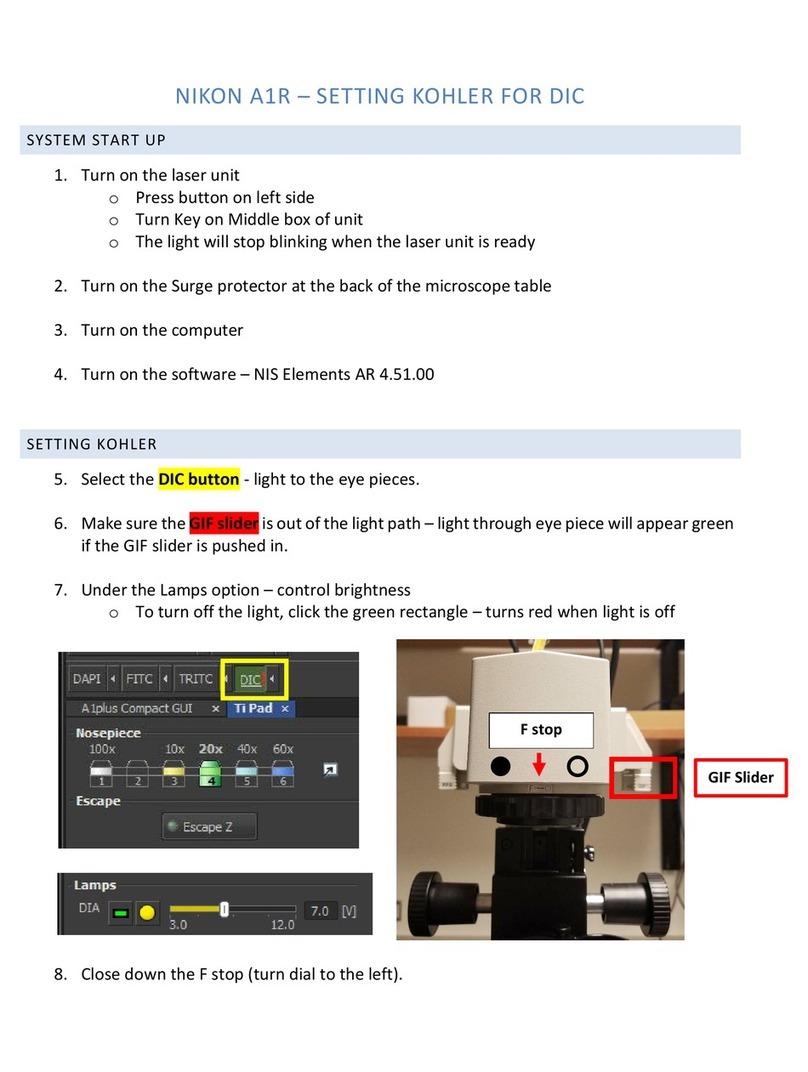
Nikon
Nikon A1R Series Service manual

Nikon
Nikon Eclipse L150 User manual

Nikon
Nikon ECLIPSE E200 POL User manual

Nikon
Nikon 50i User manual
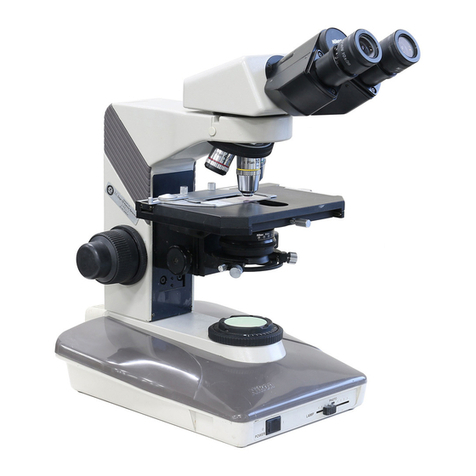
Nikon
Nikon LABOPHOT-2 User manual
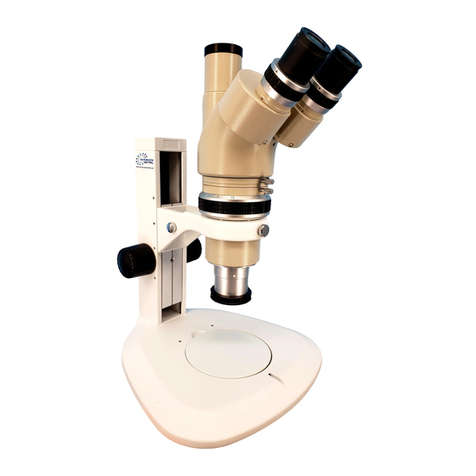
Nikon
Nikon SMZ-10 Operating instructions
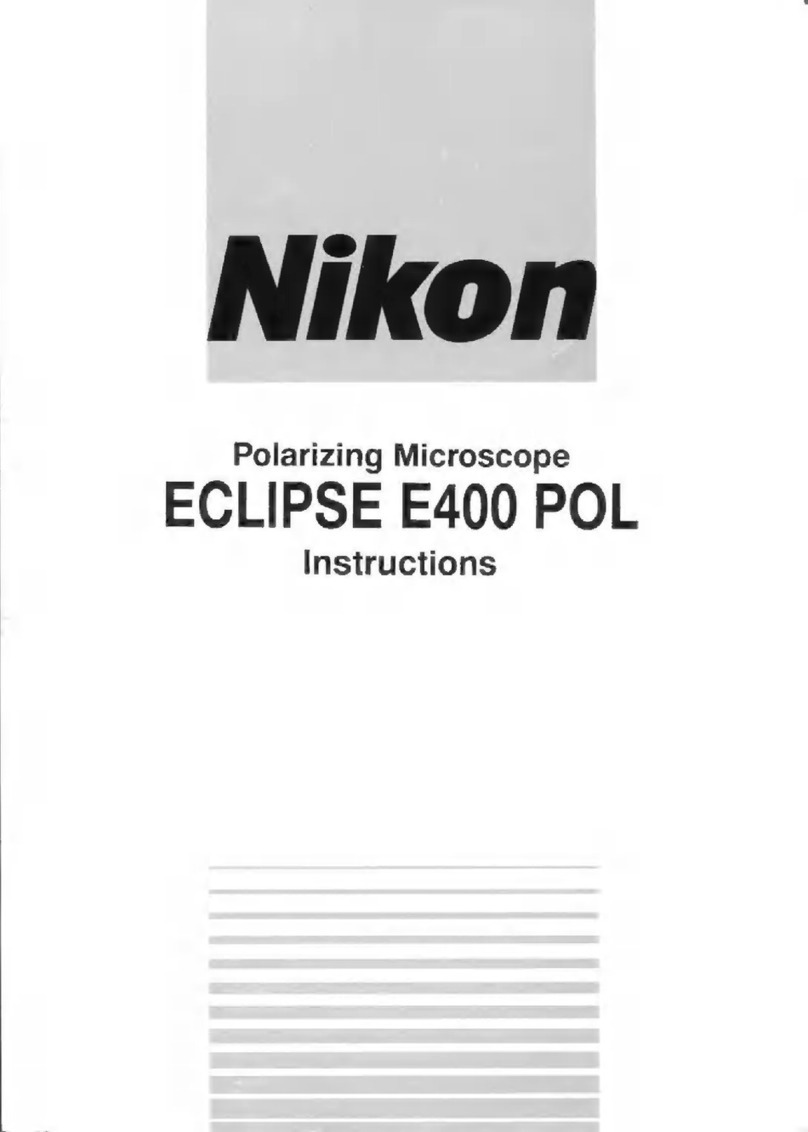
Nikon
Nikon Eclipse E400 POL User manual
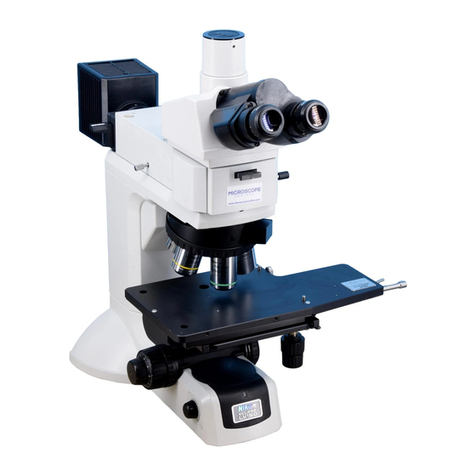
Nikon
Nikon eclipse lv150 User manual


